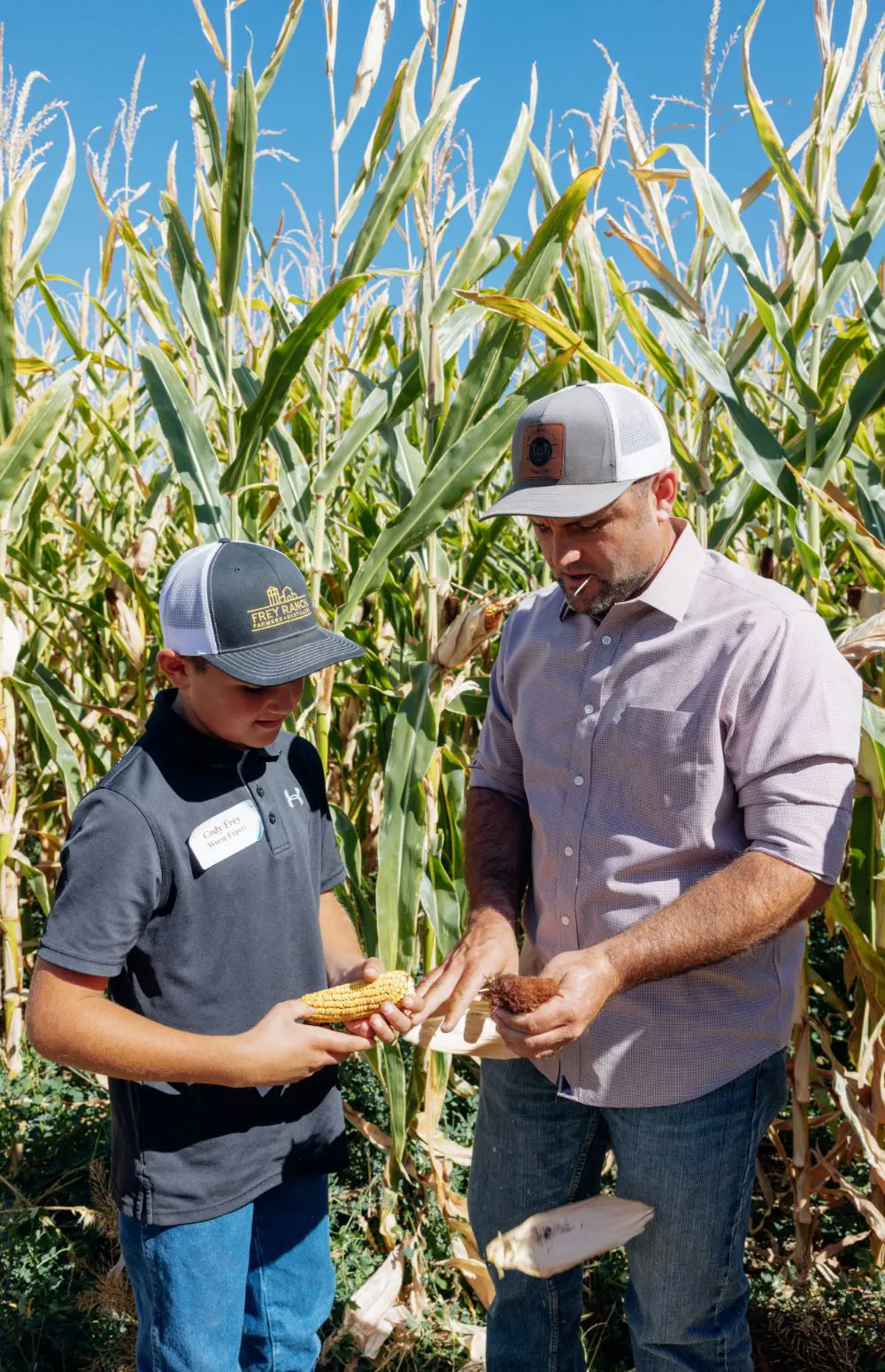Western State
Hemp Farms
Fallon, Nevada
“People think you’re crazy when you start comparing regenerative ag and soil health to life in general. But it all starts with the soil. What you eat. What you breathe. How you feel. And how you care for the land and yourself.”
– Joe Frey
Western State Hemp Farm is on the occupied homelands of the Cayuse, Umatilla and Walla Walla People
Even during a virtual interview, Nevada farmer Joe Frey can’t help but geek out over soil.
Adrienne looks and smiles. That’s just so Joe. Then she tells a story.
Joe stopped by her place last summer to help her with yard work. She had two dead trees in front of her house. The plan was to remove them. They noticed there were two hawks in the trees. Adrienne told Joe that the hawks had been around frequently, often perching in the trees.
Hemp as the Regeneration Inspiration
Fallon is often called the “Oasis of Nevada.” But not for natural reasons.
Nevada is well-known as being the driest state in the country. Fallon farmers receive about 5” of rain annually if they’re lucky. Those lush green fields of alfalfa, corn and Fallon’s famous “Heart O’ Gold” cantaloupes? They’re thanks to flood irrigation, with water diverted from the Lahontan Dam built in 1915 and the accompanying reservoir.
That water allowed Churchill County farmers to flourish for decades. Yet with rising temperatures and climate extremes, Nevada farmers, like most Southwest farmers, − are increasingly at the mercy of water, or most accurately, the lack of it. 2022 saw the most intense period of drought in Nevada in more than 20 years.
With the threat of water scarcity and farm profitability always looming, Joe and Adrienne decided in 2017 to take a chance growing a crop that most of their neighbors thought was crazy and even Joe describes as a “wacky” idea − hemp.
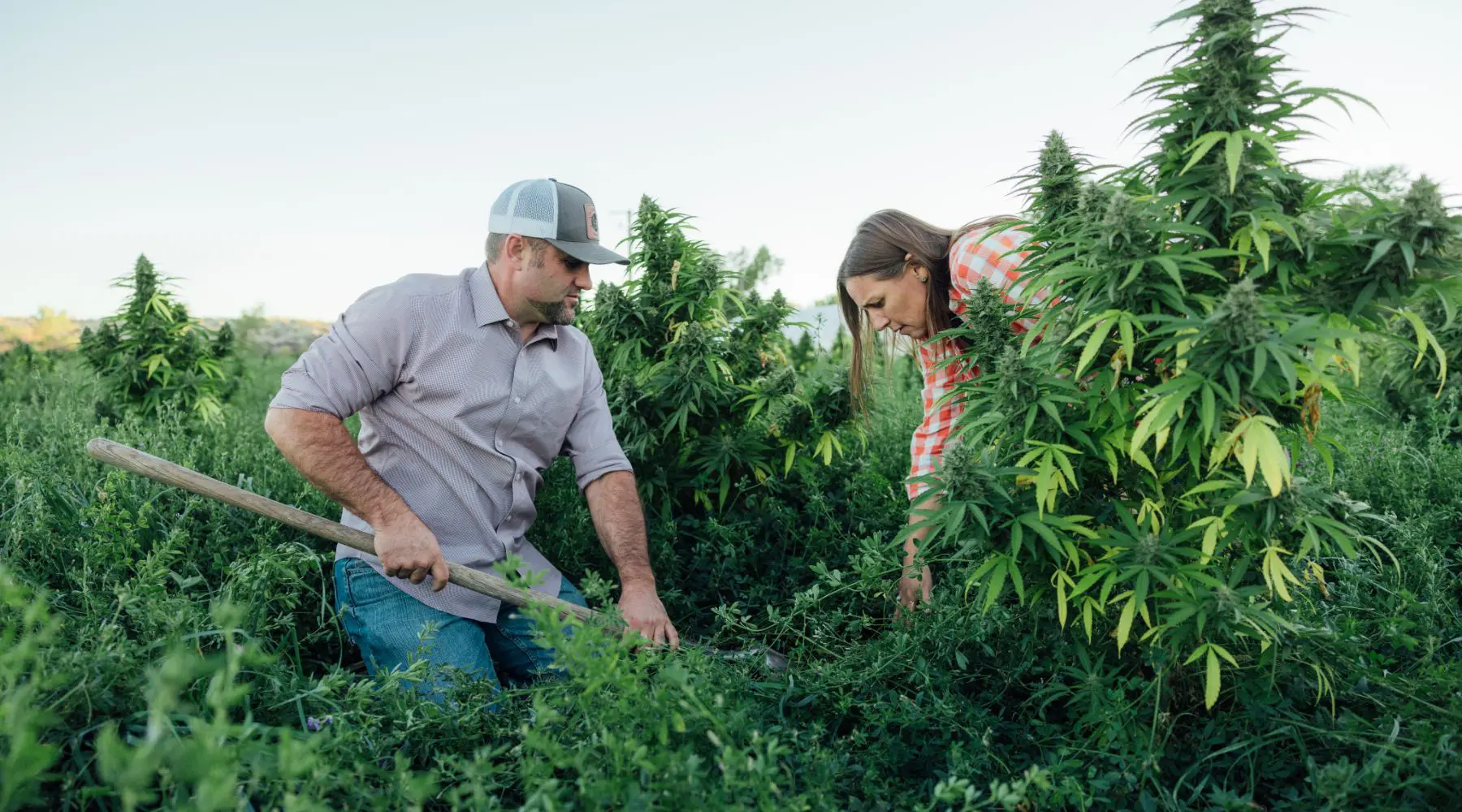
Up to the 1920’s 80% of clothing was made from hemp textiles
Historically, hemp was known for its fiber. As a matter of fact, up to the 1920’s 80% of clothing was made from hemp textiles. Hemp produces two kinds in great abundance. Bast fiber are long, incredibly durable strands ideal for paper products, fabrics and textiles. Hurd fiber are short, woody, strands useful for countless other products, including animal bedding, hempcrete (a concrete replacement), furniture and many other things.
Hemp also produces grain (its flower gone to seed), a complete protein with unrivaled health benefits and potential as a human and animal food source. In recent years, with the rise in natural medicine and interest in cannabinoids as a more natural and holistic alternative to pharmaceuticals, hemp has also been bred for non-THC cannabinoid production, specifically CBD (cannabidiol) and CBG (cannabigerol).
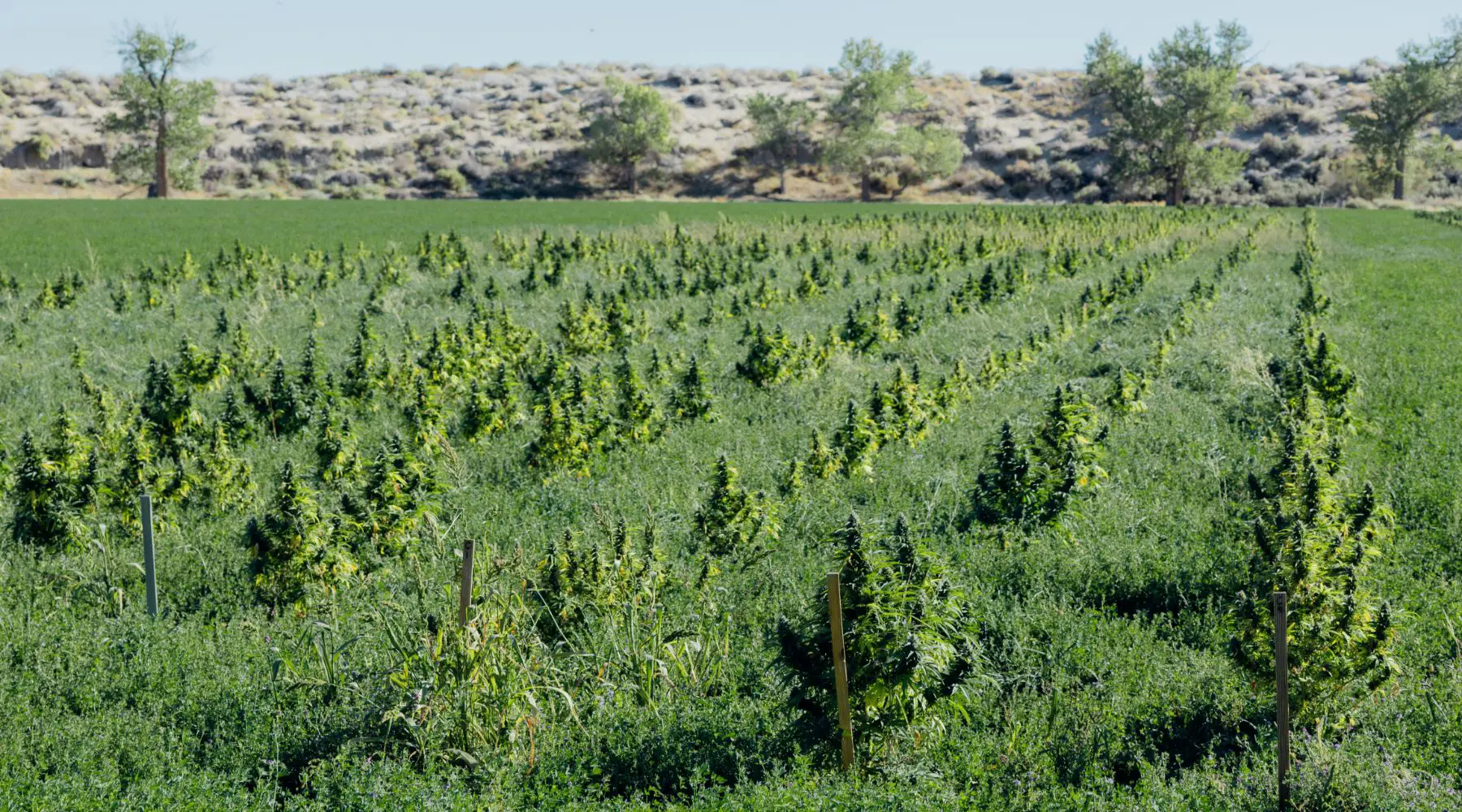
But hemp and marijuana express very different botanical traits. Just like kale, cauliflower, cabbage, Brussels sprouts, broccoli and even kohlrabi are all the same plant species, Brassica oleracea, selected by humans to produce remarkably different results.
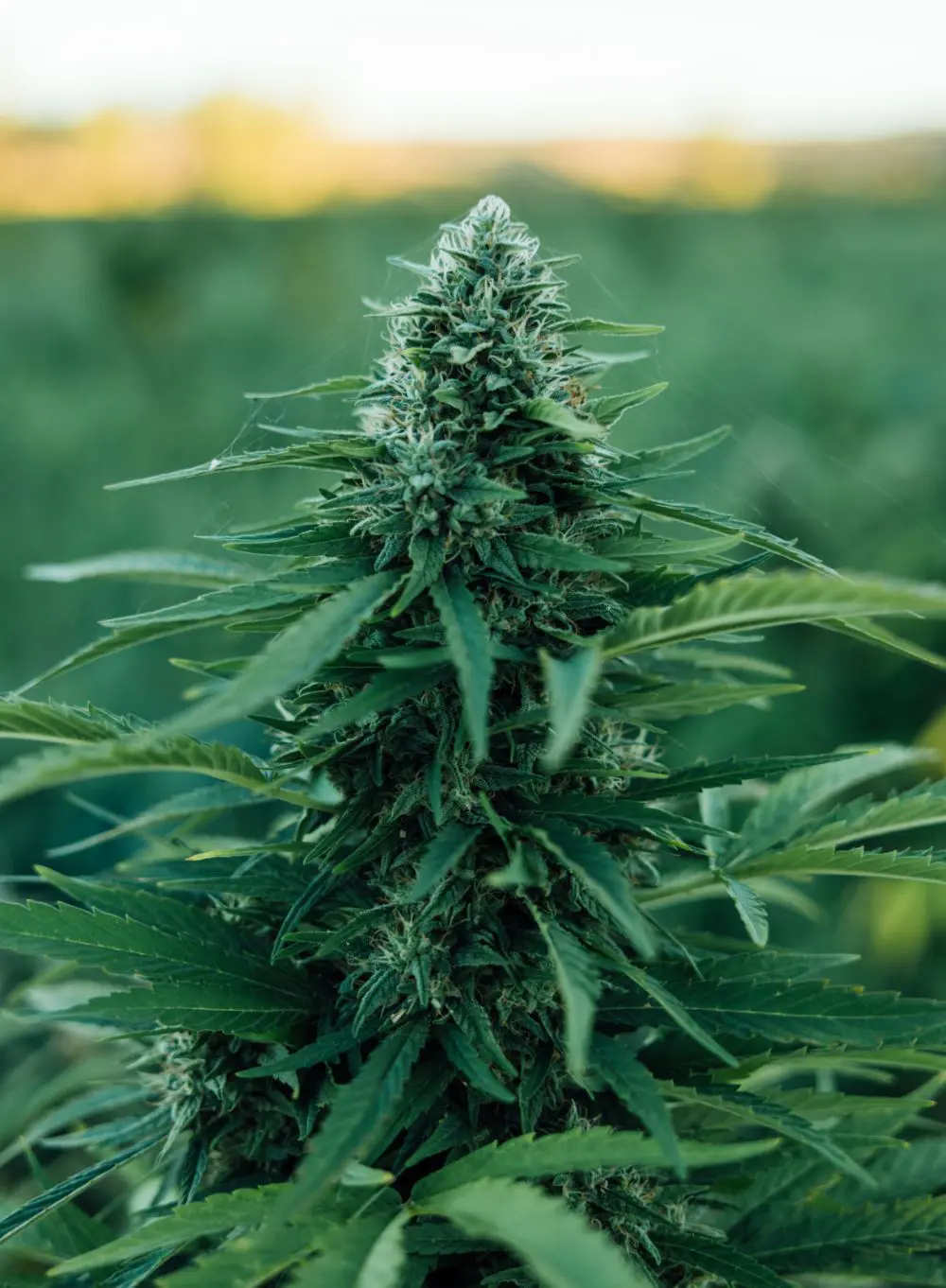
So with so much potential, why isn’t hemp part of the equation when we think of America’s great agricultural history? It really comes down to one thing: racism.
Propaganda films like the 1936 “Reefer Madness” wrongly promoted the idea that marijuana use induced violence and insanity. This led to the 1937 Marihuana Tax Act, making the cannabis plant illegal across the United States, with no effort to differentiate hemp from marijuana. The cannabis species was made illegal to possess and for farmers to grow. Period.
The hemp fiber industry was mothballed. Communities long dependent on hemp production (like Lancaster County, Pennsylvania, the ‘hemp capital of America’) were forced to look for hemp alternatives.
From a farming perspective, the criminalization of hemp was even more devastating. It eliminated an incredibly useful crop from farm rotations and stopped in its tracks any hemp-focused agronomic research, not to mention scientific advances into new hemp-based products or processing techniques.
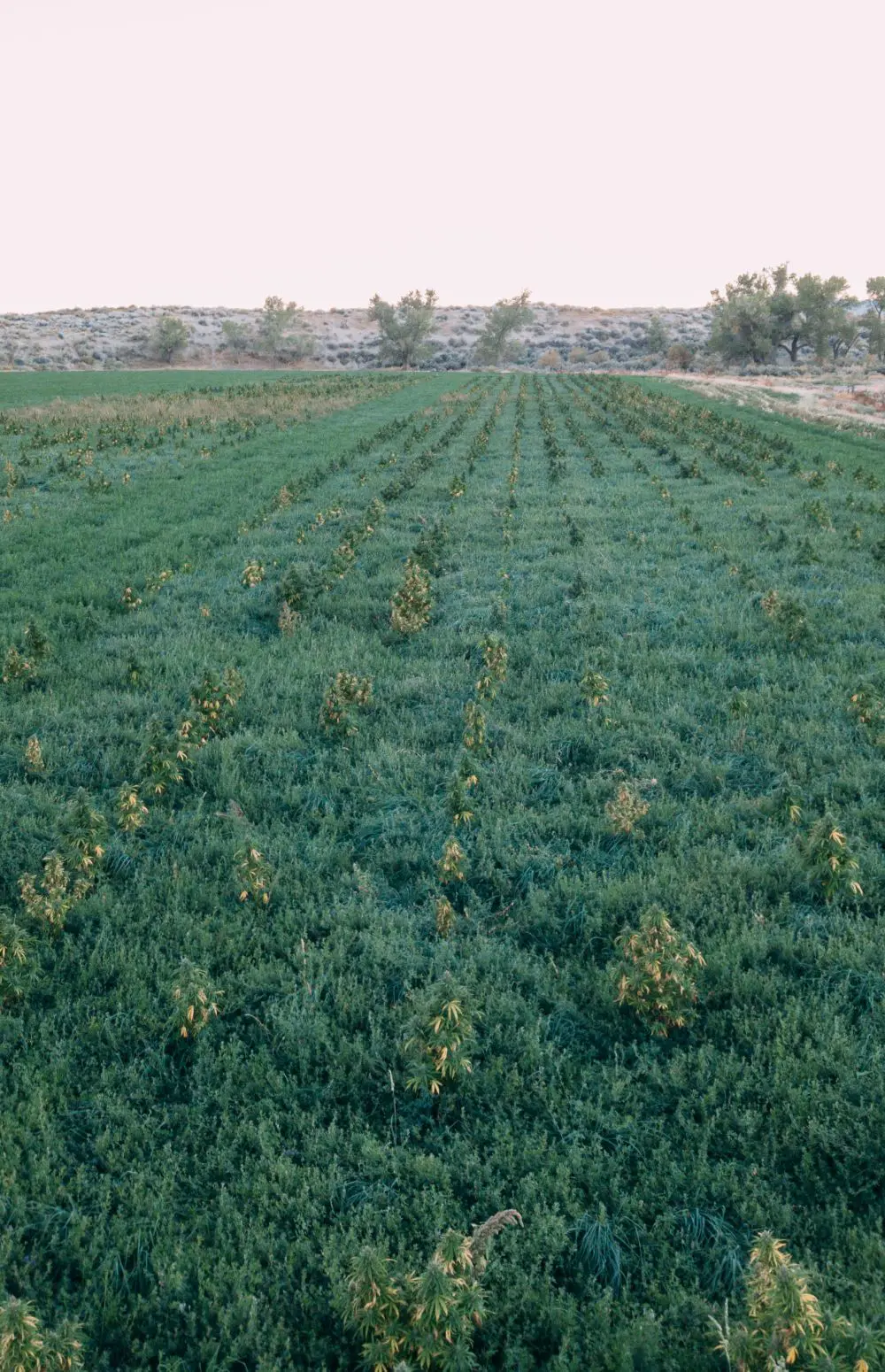
Additionally, since hemp fiber was the first ‘plastic’ to be made with plant oils, this was a threat to Du Pont Chemical Company, who was aiming to proliferate oil-based products like cellophane and nylon – plastics made from petroleum, according to the Emperor Wears No Clothes, the famous treaty written by Jack Herer on the racist and corporate history behind the prohibition of cannabis.
Meanwhile, the agricultural and industrial world marched on. Chemists learned to process corn and soy into the basic building blocks of a processed food supply chain and how to turn the leftover remnants of WWII’s bomb-making supplies (ammonia) into agricultural fertilizers (chemical nitrogen).
In the meantime, hemp languished, essentially frozen in time.
After years of tireless lobbying, hemp was on the brink of decriminalization. In 2016 Nevada was one of several U.S. states that received special research permits allowing farmers like Joe and Adrienne to start growing hemp. Hemp would finally be federally legalized in the 2018 Farm Bill.
Legalization kicked off a short-lived 2019-2020 hemp “gold rush.” Early entrants into the hemp CBD market claimed profits as high as $90,000 an acre, money unheard of in agriculture. As a result, farmers rushed to plant hemp and capitalize on what ended up being a short-lived CBD boom.
Joe and Adrienne were part of that early excitement, quickly scaling up to 100 acres in hemp.
Right out of the box, Joe found hemp promising from a farming standpoint, especially regarding that ever-critical water issue. Even when he grew hemp using the same industrial style and irrigation techniques he had grown up using, his hemp crop used two-thirds the amount of water his alfalfa fields did. When he planted hemp on drip irrigation, he reduced water usage to just one-quarter the amount alfalfa demanded.
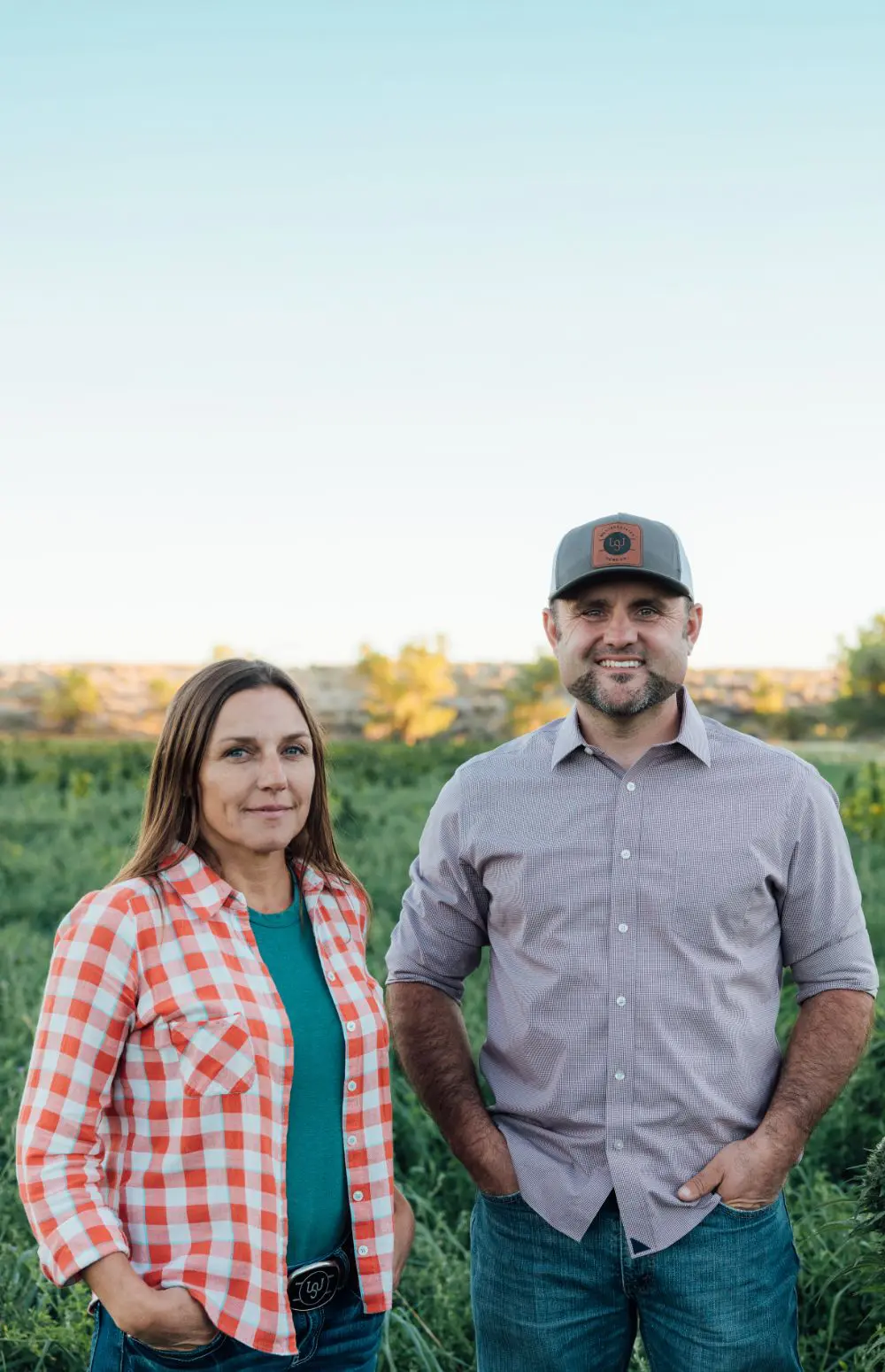
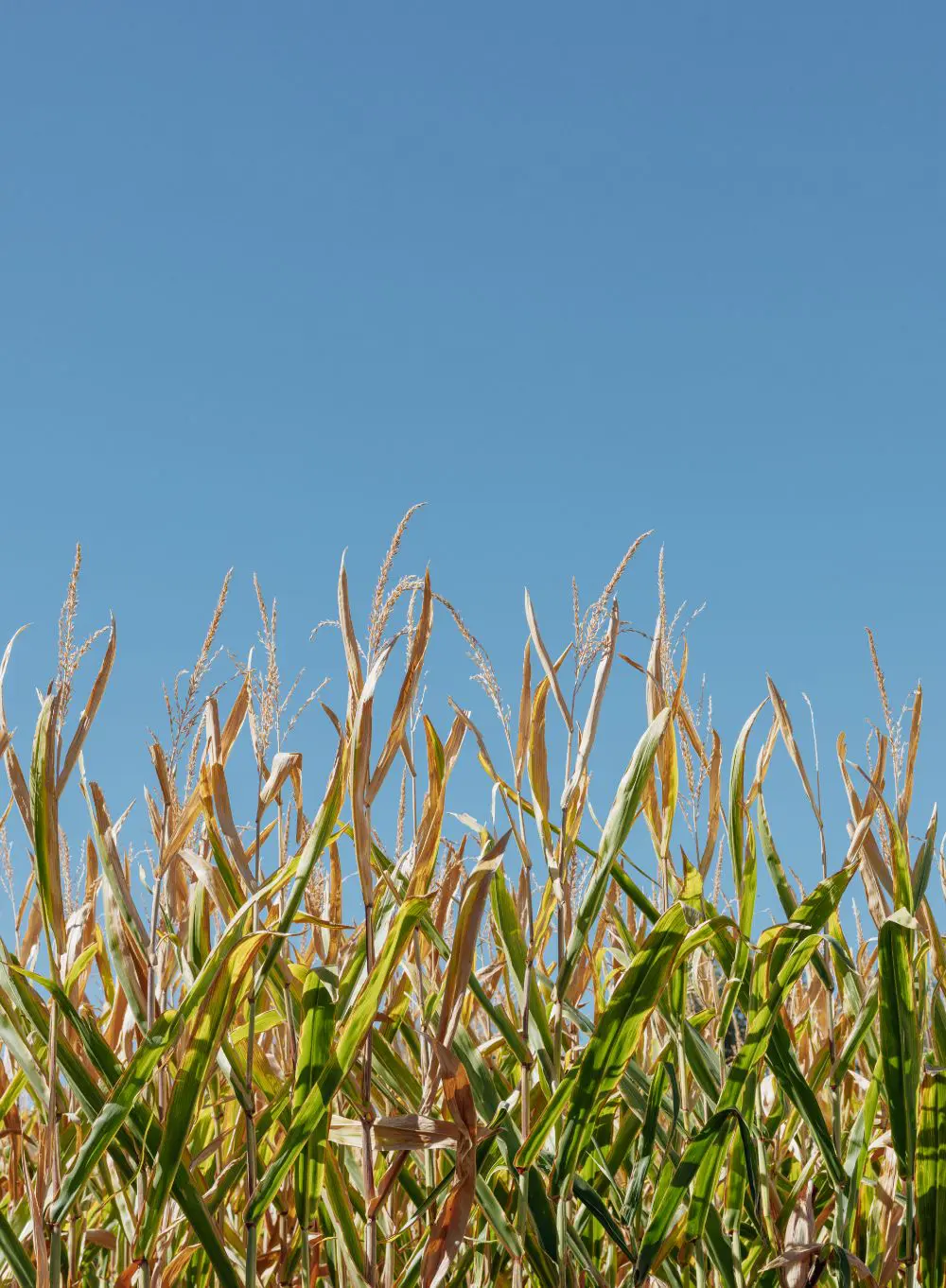
Eighty years of hemp prohibition meant no institutional knowledge of growing practices, no breeding efforts to improve varietals, no university agronomic research and a critical lack of hemp seed worthy of being planted (most of the earliest hemp plantings in the U.S. came from seed imported from overseas). To make matters worse, even as hemp farmers like Joe did perfect their growing techniques, federal and state regulations have been incredibly slow to approve hemp-based products for humans and animals.
The market interest in hemp for fiber and grain remains strong, especially considering hemp’s potential to disrupt many environmentally-intensive crops, including cotton and trees. But a lack of infrastructure (once again, the result of an 80-year hemp ban) has been a significant hurdle. Hemp processing facilities come with hefty price tags running into tens of millions of dollars. To date, no major hemp fiber processing facility has opened in the U.S.
With no place to sell their hemp, farmers have no incentive to plant fiber hemp. The CBD hemp farming community persists, but in much smaller numbers, supplying an industry as yet hampered by rules and regulations.
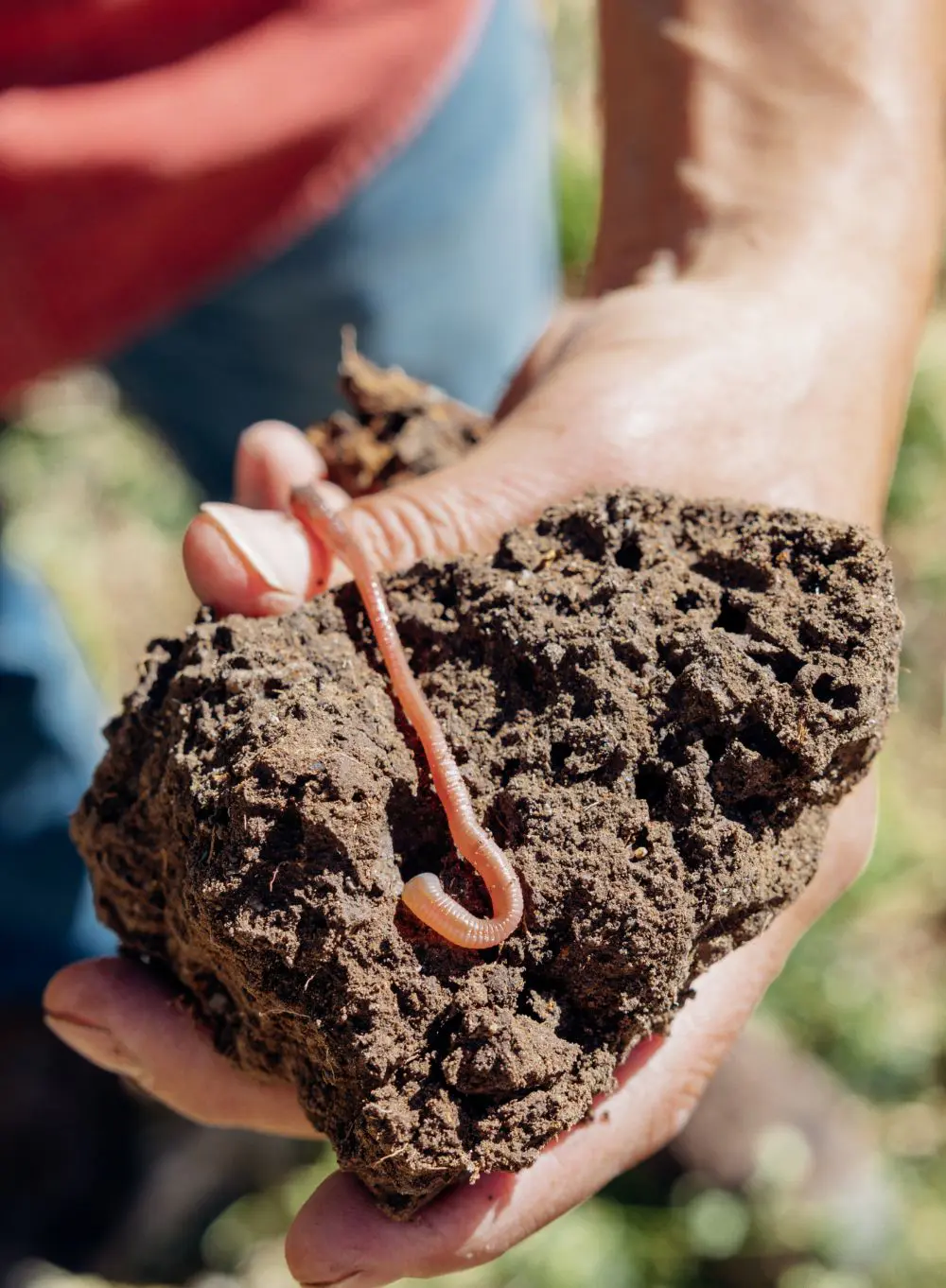
In 2019, at the height of the hemp-growing frenzy and a few years into his hemp-growing experience, Joe attended a hemp conference in Texas. Ray Archuleta, a former Natural Resources Conservation Services (NRCS) soil scientist of the regenerative agriculture movement, was in attendance teaching a class on soil health. Joe had never heard of Ray or regenerative agriculture. But he was interested in being a better farmer. So, he pushed his way into Ray’s packed classroom.
Most of the class was interested in the big-money promise of hemp. But they weren’t farmers, had no real interest in growing practices and certainly couldn’t give a fig about soil
health. By the time the class had ended, there were just 15 or 20 people left, and Joe was a regenerative agriculture convert.
“I was sold hook, line and sinker on everything I heard. What really had a big impact on me from Ray’s talk is most of the things he was talking about were things that I had seen in the previous three years in my fields, but I didn’t understand what was happening,” Joe says. “Ray explained what was happening beneath the surface and why these results were happening. I came away from that thinking, wow, I need to do more of this,” Joe says.
Joe left with a burning desire to learn and do more. So, he did.
He’d rip the soil deep after flooding it with irrigation waters, tilling numerous times to break up clods, and then smoothing it down into seed beds. But after several years of drought and limited access to irrigation waters, Joe had no choice but to switch to minimal tillage and no-till techniques to conserve enough soil moisture to support the coming year’s crops.
No-till and minimal tillage practices limit soil disturbance and are a critical component of regenerative agriculture principles, preserving soil’s critical and complex microbial life. This supports plant health by improving soil structure, water absorption and retention capabilities and helps plants better capture sunlight to make nutrients and minerals available, thereby reducing the need for additional fertilizers.
He began by incorporating animals. For years Joe had raised cattle like everyone in the region did, harvesting bales from hay fields and feeding them to penned cattle. It was better that way, cattle were too destructive to pastureland, or so the theory went.
Instead, Joe began running cattle in managed grazing techniques across permanent pastureland, moving them frequently so they didn’t have time to overgraze. It worked.
Joe looked at his cropping lands, wondering how he could continue to change the narrative there he had begun with no-till and minimal tillage. He switched from monocropping to interplanting. Joe’s standard practice now is drilling corn into nitrogen-fixing crops like alfalfa, beans, clover, peas or triticale. The corn is harvested high, leaving a couple tons of crop and corn stalks underneath for the cattle to graze on over the winter months. That brought the couple from the pasture into the cropland. Even better.
Joe reduced his glyphosate use for weed control by 75% and believes that in the coming year he will go entirely glyphosate-free
Joe’s hemp crop has gone regenerative as well. In 2022 he gave up plastic-covered beds and drip irrigation and went all in on a no-till, regenerative CBD hemp crop.
He used a no-till planter to rip narrow rows through an established alfalfa field, tucking in young hemp starts in an otherwise undisturbed field. Out of 5500 plants, he lost only five, an incredible improvement over his previous experience growing hemp, even on drip irrigation. Water usage was even lower.
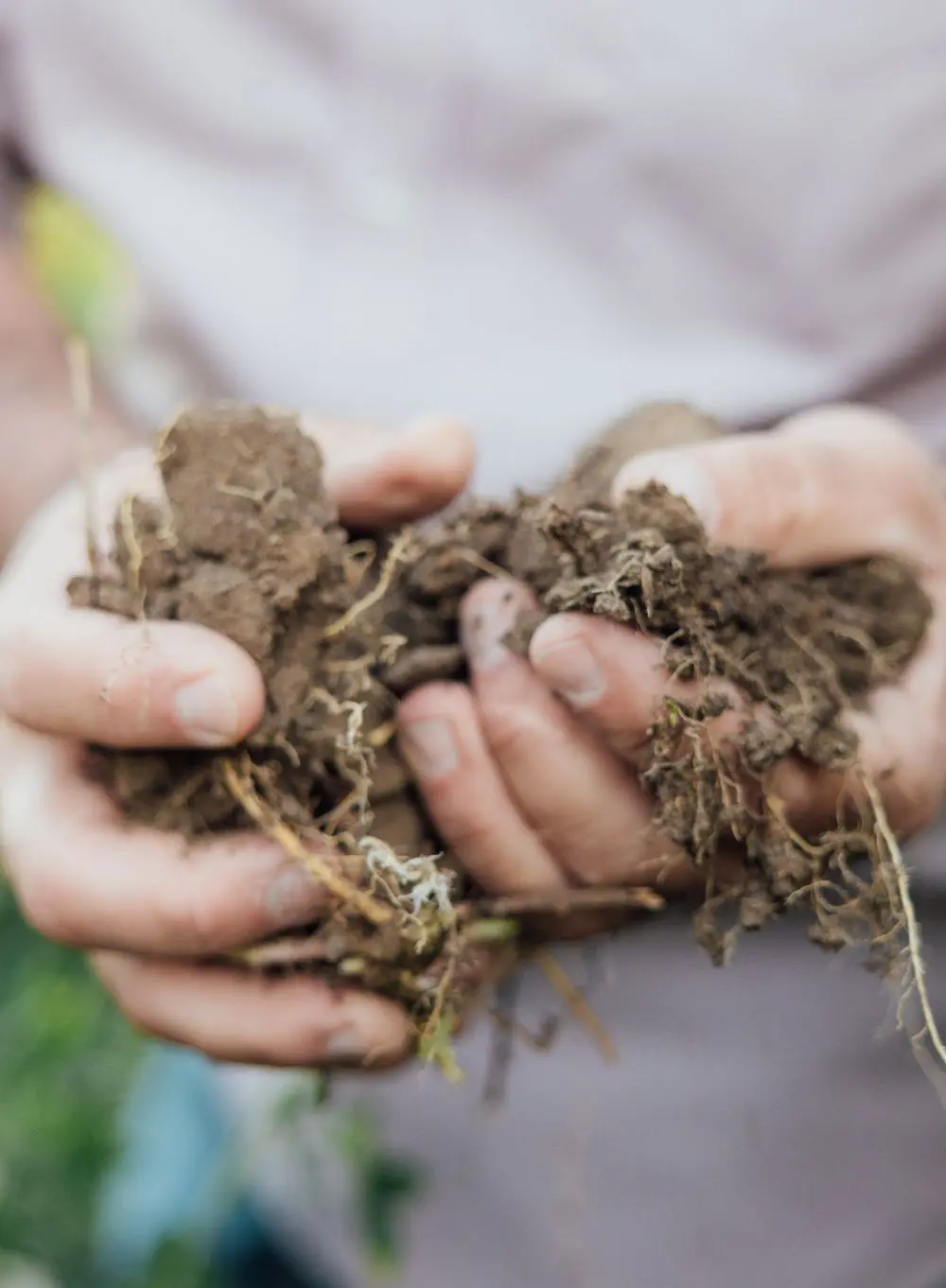
The CBD hemp was amazing. I’ve never had an easier time with them taking root. We didn’t put a drop of fertilizer on them
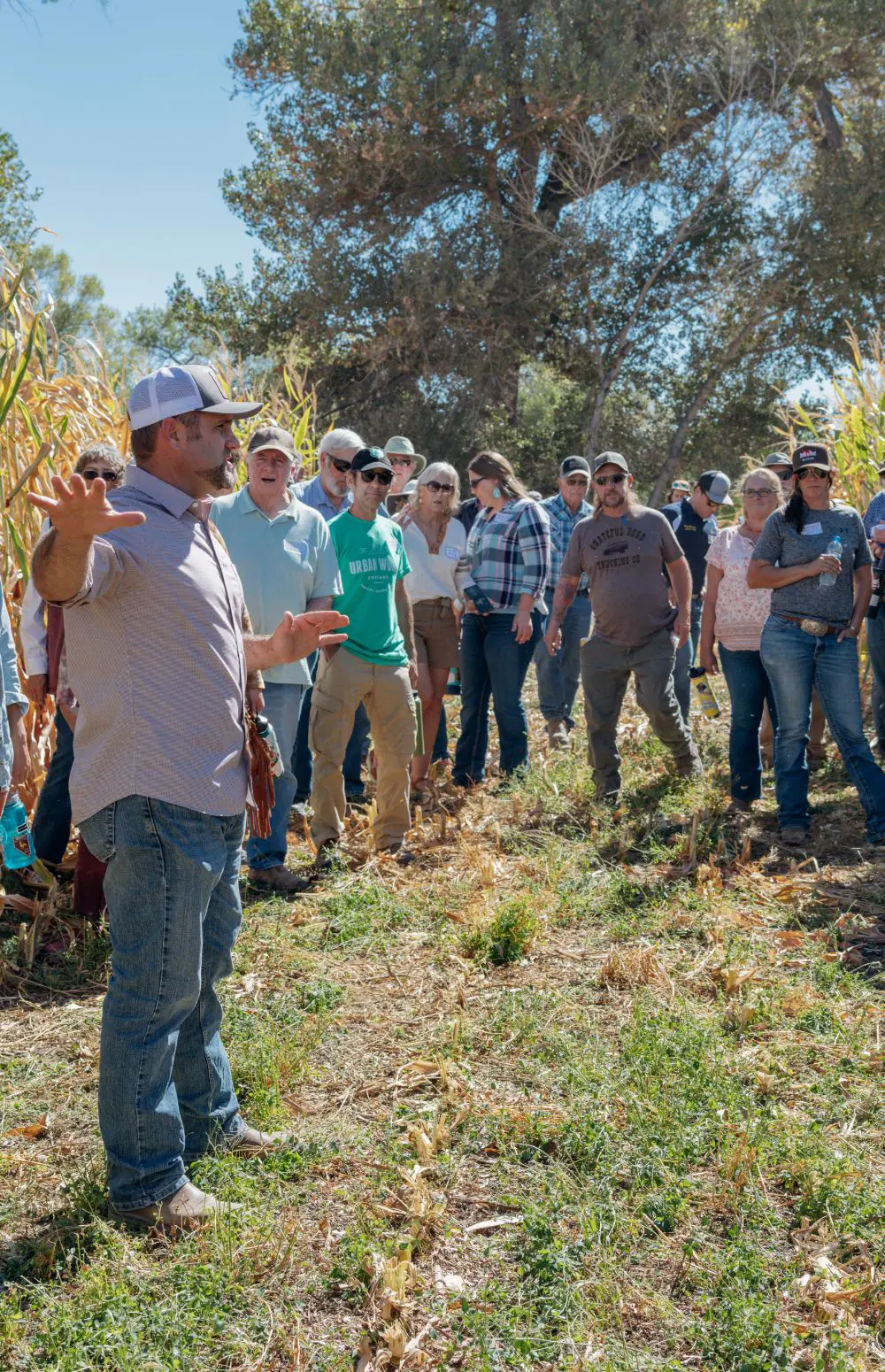
“We’re still in the process of becoming regenerative, I don’t know that anybody ever truly is all the way there. In some aspects of my operation we may only be 10% of the way there and in other aspects, we’re maybe 90% there,” Joe says.
But what Joe has done has seen remarkable results. He’s raised his soil organic matter, a critical indicator of productive soils, from less than 1% to nearly 4% on most of his soils. He’s reduced his glyphosate use for weed control by 75% and believes that in the coming year he will go entirely glyphosate-free.
How has Joe done it? By changing his mindset. Instead of looking at every weed as an enemy or worrying that the corn crop is slow to get established in the spring compared to the neighbors, Joe trusts in the process.
“Instead of seeing something in the crop as a competitor and something I need to kill, I think, ‘What do I need to add to this field to get it what it needs? Can I just live with that weed? Let it live out its life and be gone?” Joe asks. For the most part, he’s found he can, using his grazing and crop diversity to keep his weed pressure to a minimum.
The same goes for pests.
As far as those slow to establish spring crops? Joe has found that by mid-summer, his plants are thriving. By harvest time, even if his yields end up less than his neighbors, his input costs are so low that he ends up ahead, with less stress and more time to enjoy what he does.
“Yes, my yields are lower, but my inputs are so much less. And I don’t run around like crazy in the springtime, all we’ve got to do is wait for the soil conditions and then we plant. It’s not rocket science. It’s not tractors running 24 hours a day, burning $5-a-gallon diesel fuel. So, I can afford to have lower yields and still increase my profitability,” Joe says.
That experience rings true for regenerative farmers in general. A 2018 study found that even with 29% decreased crop yields, regenerative farmers were 78% more profitable than conventional farmers growing the same crops.
As Joe tells a group of eager new regenerative farmers at a recent on-farm workshop, regenerative agriculture isn’t about yields and competing with the neighbors, it’s about profitability, longevity and finding the right balance that works for your farm, family and soil.

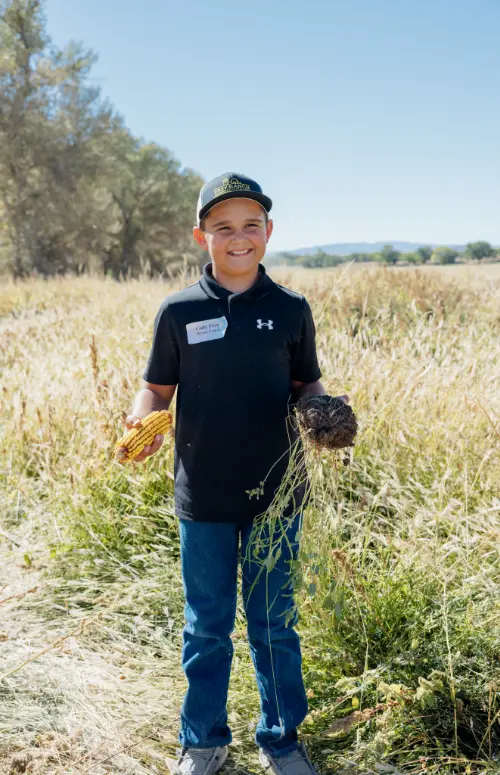
He’s busy setting up a vermicomposting system that he hopes to replace the compost he had been using. While compost has been critical to improving his soil health, especially in his first years, Joe doesn’t like that he has to source much of it from several states away or the field compaction that came with spreading it. He hopes vermicomposting will provide many of the same benefits without the negatives.
Joe is also looking at trying his hand at growing vegetables, he’s got some unused greenhouse space and local chefs are interested in local produce. There’s always something new to consider; it’s a farm!
“I believe there is a future in hemp. I believe we all have an endo-cannabinoid system and we need cannabinoids for our health. I think there is a future in it, on both the human and animal side,” Joe says. “It’s just been slow. They have legalized hemp, but they (the FDA) still haven’t approved hardly a single product yet.”
In the meantime, Joe has moved into regenerative agriculture education and activism. By happenstance, he ended up hosting a regenerative agriculture workshop on his farm last summer and had a great response; he’s planning to do more. Joe laughs about that. A few years ago, he was the one taking the workshops and classes. Now he’s teaching them.
There is a way


